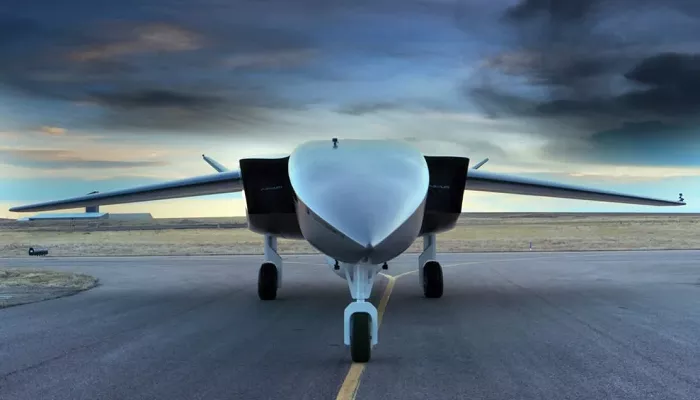Unmanned Aerial Vehicles (UAVs), commonly known as drones, have evolved significantly over the years. While many associate drones with small, recreational devices, the largest drones in the world are massive machines designed for various purposes, including military surveillance, cargo transport, and scientific research. In this article, we will explore the largest drones ever built, their specifications, and their applications.
What is Drone Sizes
Drones come in various sizes, from small quadcopters to large aircraft-sized UAVs. The size of a drone is typically measured by its wingspan, length, and maximum takeoff weight (MTOW). Larger drones are often used for tasks that require extended flight times, heavy payloads, or long-range capabilities.
The Largest Drones in the World
1. Ravn X Autonomous Launch Vehicle
The Ravn X, developed by Alabama-based Aevum, is considered the world’s largest drone. It is designed as an autonomous launch vehicle for small satellites. Its specifications include:
- Length: 24.3 meters
- Wingspan: 18.2 meters
- Maximum Takeoff Weight: 25 tonnes
The Ravn X is capable of carrying small satellites into orbit, showcasing the potential of large drones in space logistics. Source
2. W5000 Cargo Drone
Developed by Air White Whale, the W5000 is a massive cargo drone designed for long-range freight transport. Its specifications include:
- Length: 24.3 meters
- Wingspan: 22.7 meters
- Height: 7.5 meters
- Maximum Takeoff Weight: 10.8 tonnes
- Payload Capacity: 5 tonnes
- Range: 2,600 kilometers
- Speed: 526 km/h
The W5000 is designed to revolutionize cargo transport by providing a more efficient and environmentally friendly alternative to traditional freight methods. Source
3. Boeing Phantom Eye
The Boeing Phantom Eye is a hydrogen-powered drone designed for high-altitude, long-endurance missions. Its specifications include:
- Wingspan: 45.7 meters (150 feet)
- Maximum Takeoff Weight: 4,536 kilograms (10,000 pounds)
- Payload Capacity: 204 kilograms (450 pounds)
- Endurance: Up to 4 days
- Altitude: Up to 20,000 meters (65,000 feet)
The Phantom Eye is designed to serve as a persistent surveillance platform, staying aloft for extended periods without the need for refueling. Source
4. Northrop Grumman RQ-4 Global Hawk
The RQ-4 Global Hawk is a high-altitude, long-endurance UAV used by the U.S. military for surveillance and reconnaissance missions. Its specifications include:
- Wingspan: 39.9 meters (130.9 feet)
- Length: 14.5 meters (47.7 feet)
- Maximum Takeoff Weight: 14,628 kilograms (32,000 pounds)
- Endurance: Up to 34 hours
- Range: Over 16,000 kilometers (10,000 miles)
The Global Hawk is capable of providing real-time intelligence over vast areas, making it a valuable asset for military operations. Source
Applications of Large Drones
Large drones serve various purposes across different industries:
- Military Surveillance: Drones like the RQ-4 Global Hawk provide real-time intelligence over large areas, supporting military operations.
- Cargo Transport: The W5000 offers an efficient and environmentally friendly alternative to traditional freight methods, reducing the need for trucks and trains.
- Space Logistics: The Ravn X demonstrates the potential of drones in launching small satellites into orbit, reducing the cost and complexity of space missions.
- High-Altitude Surveillance: The Boeing Phantom Eye serves as a persistent surveillance platform, staying aloft for extended periods without the need for refueling.
Conclusion
The development of large drones has opened new possibilities in various fields, from military operations to cargo transport and space logistics. As technology continues to advance, we can expect even larger and more capable drones to emerge, further transforming industries and applications worldwide.


